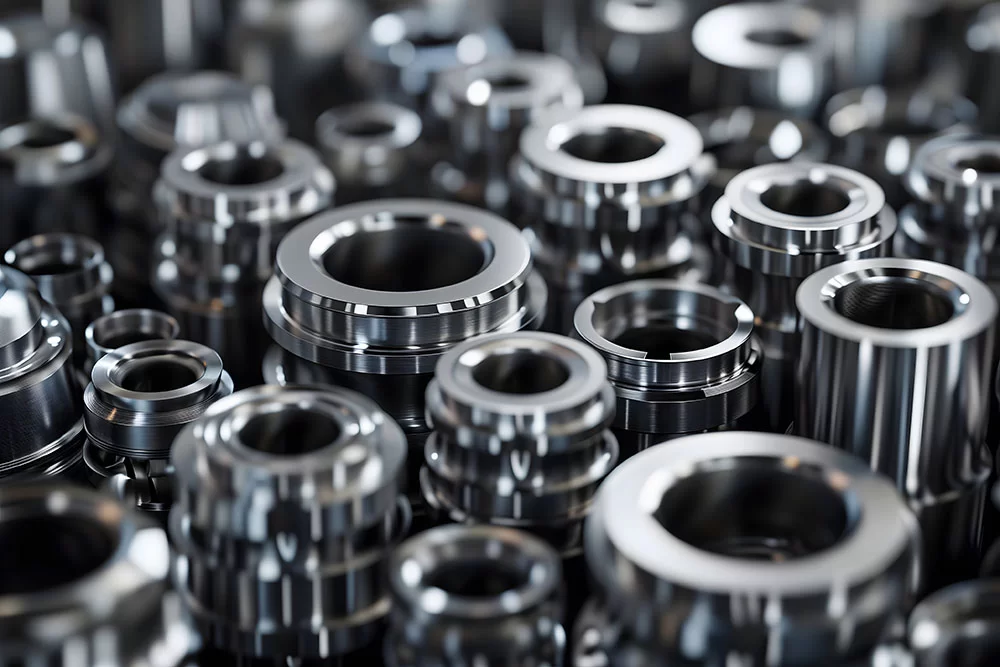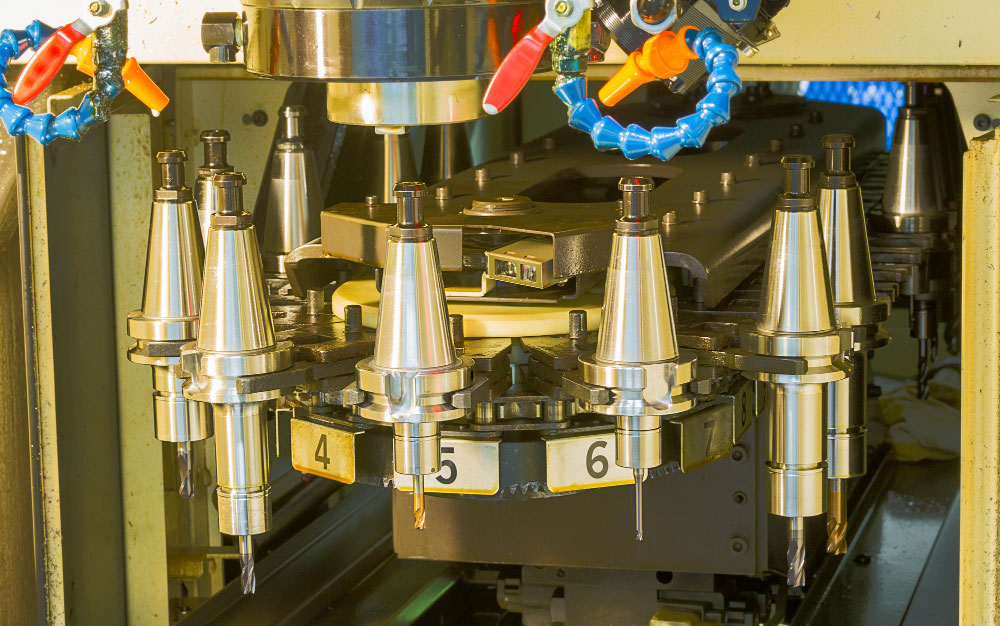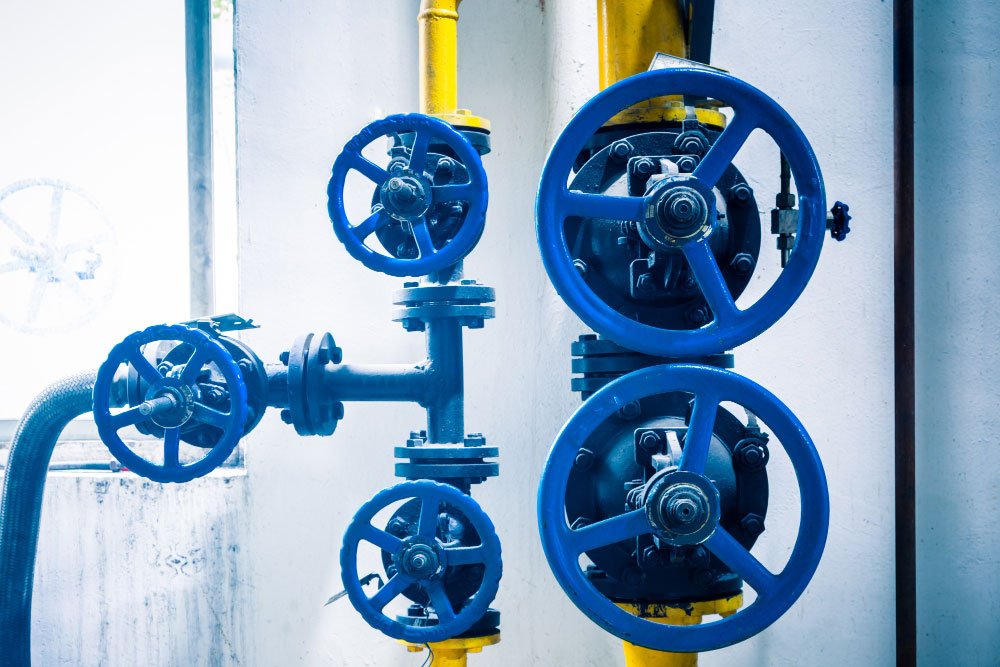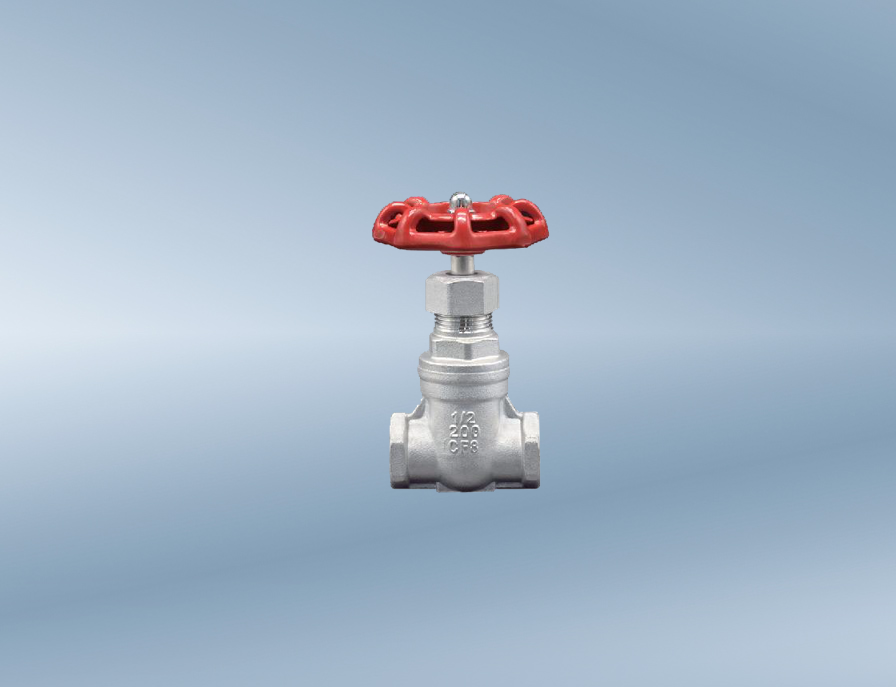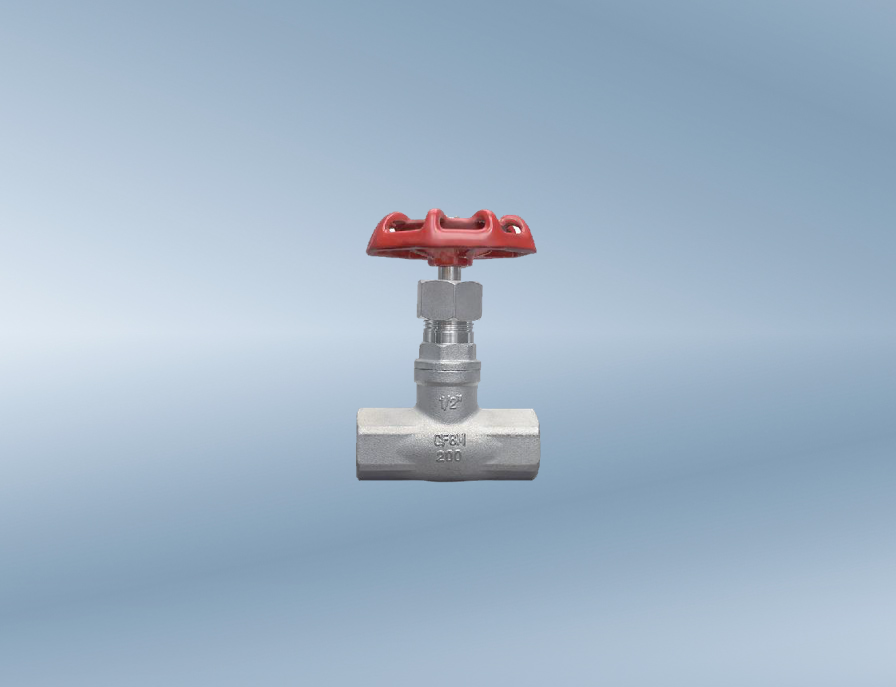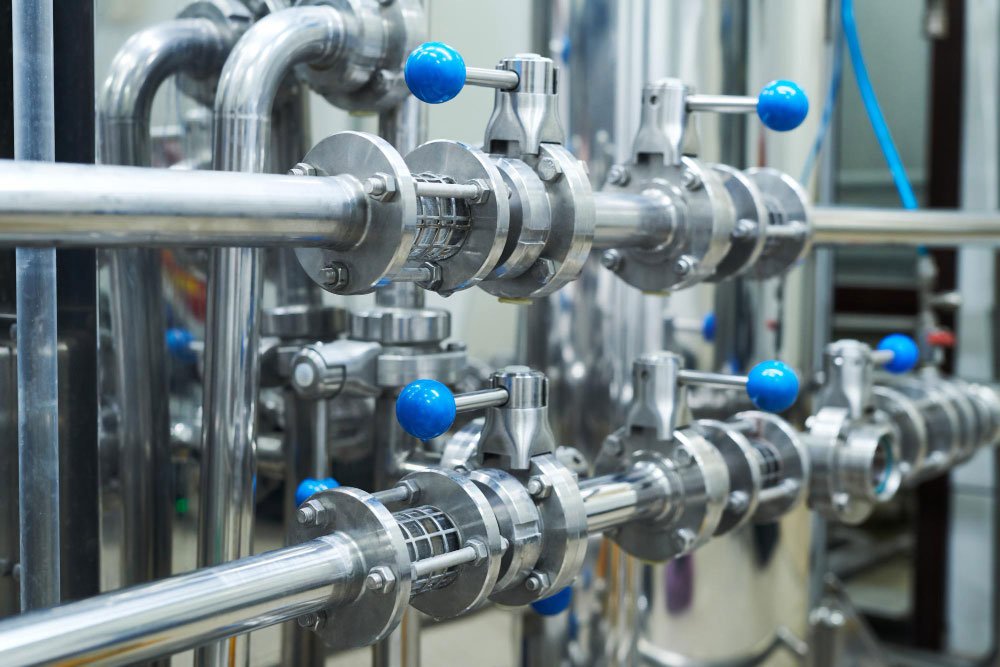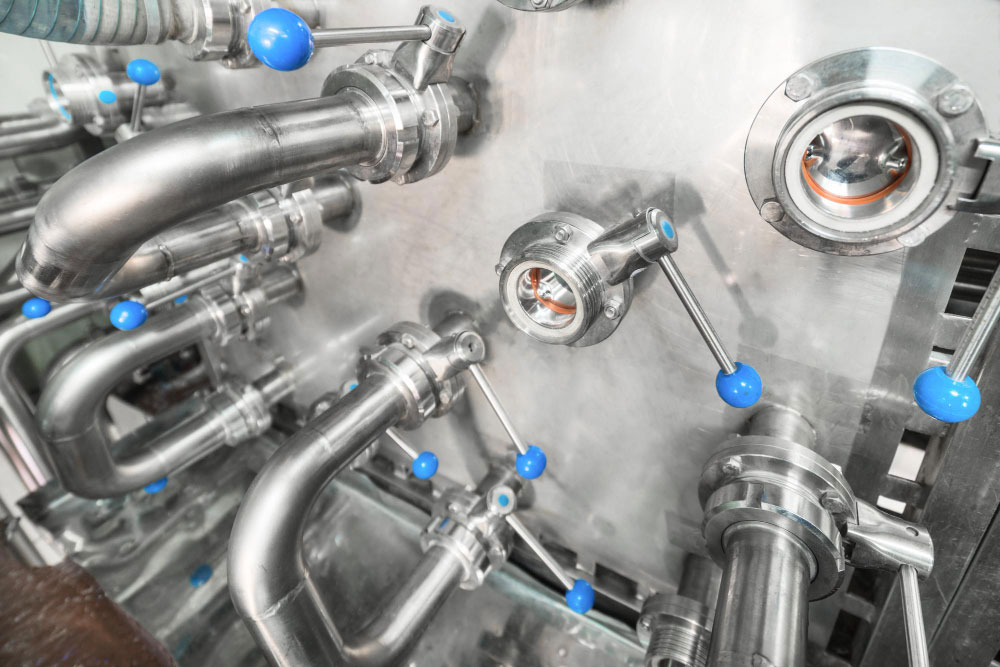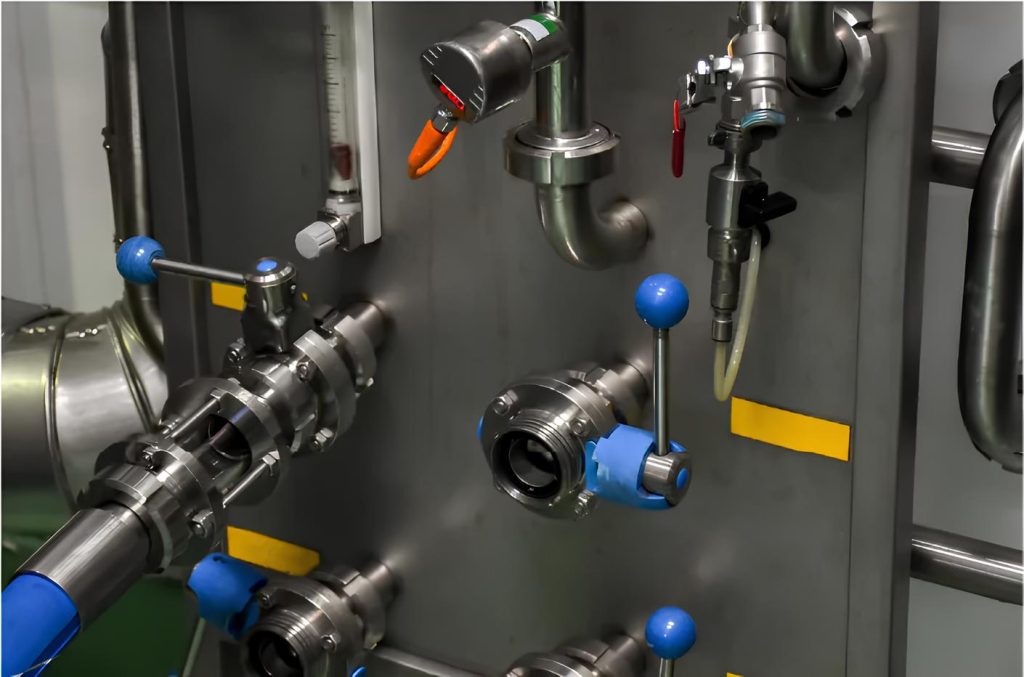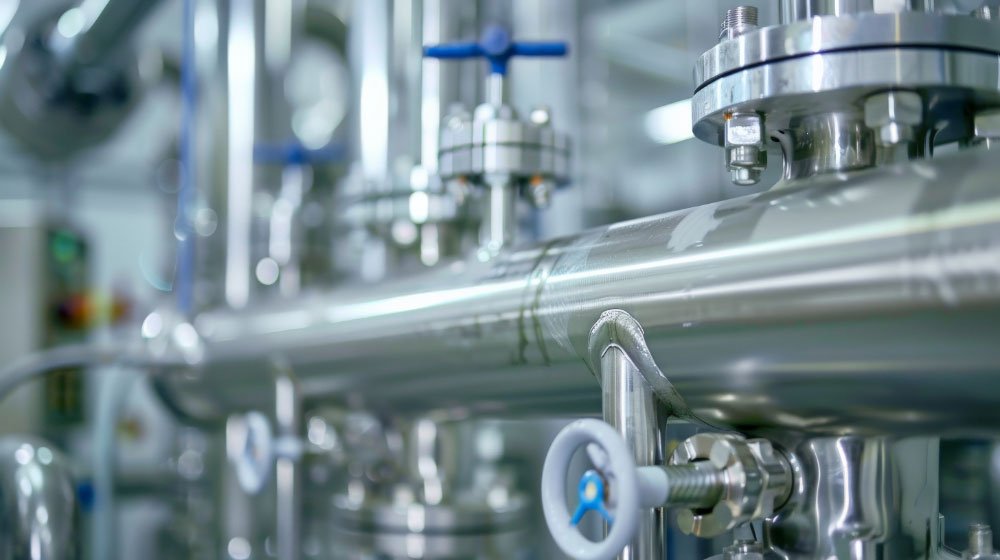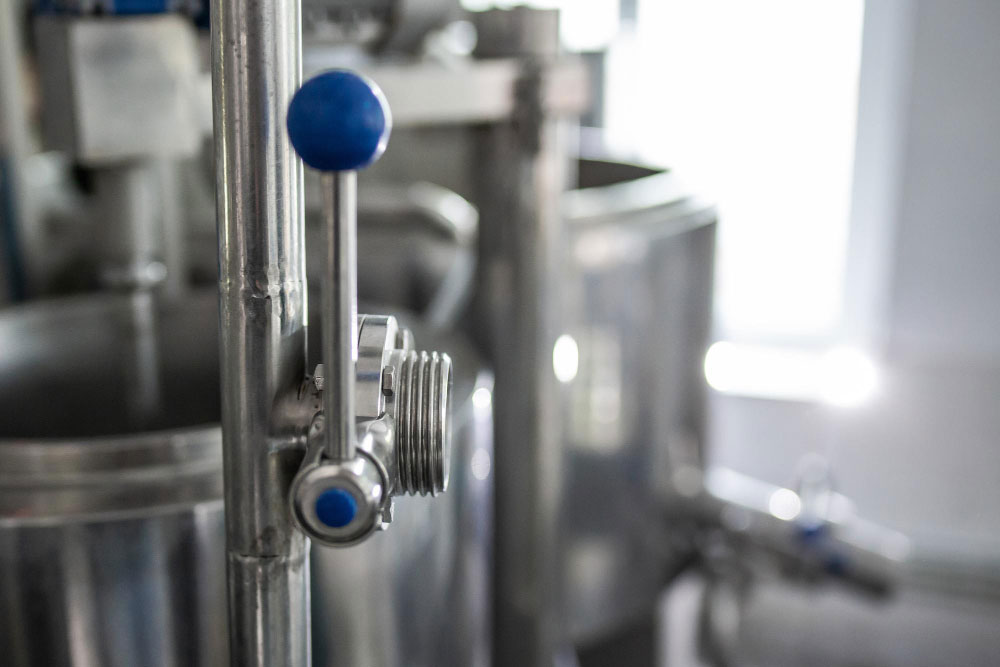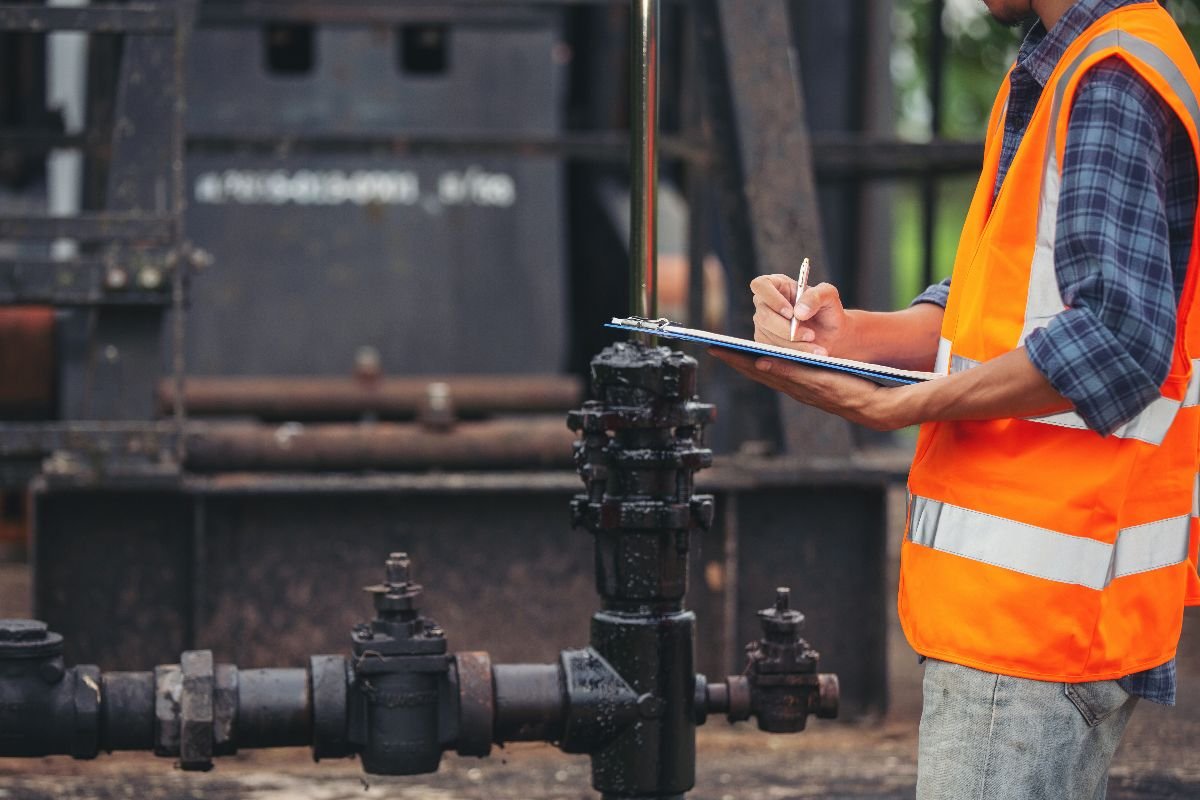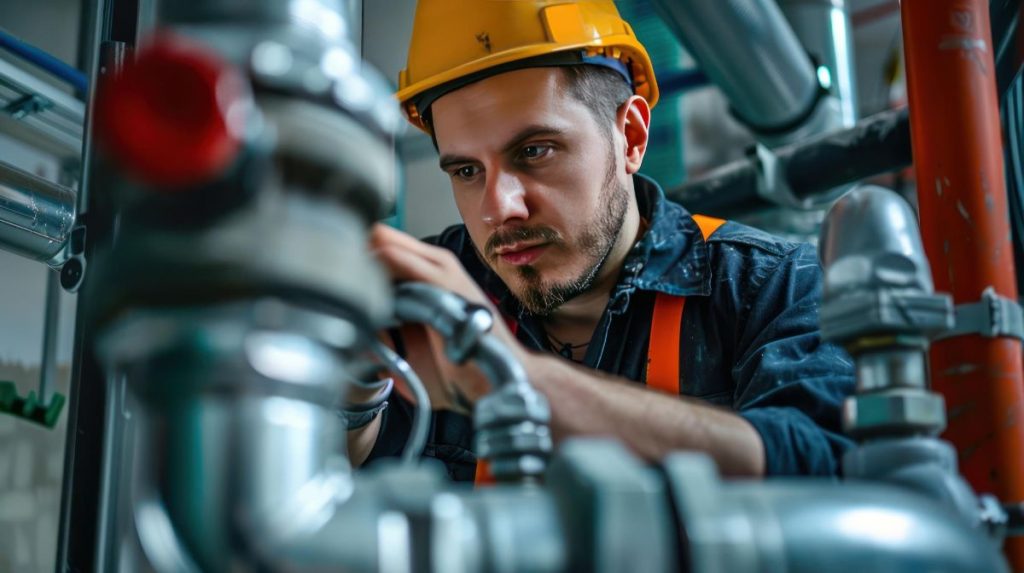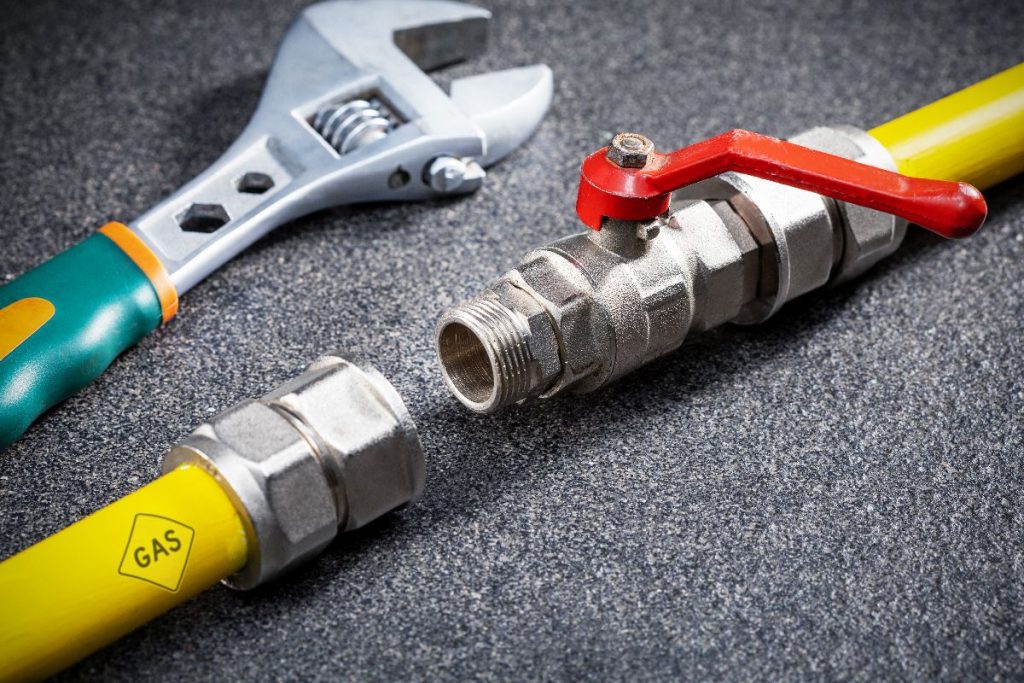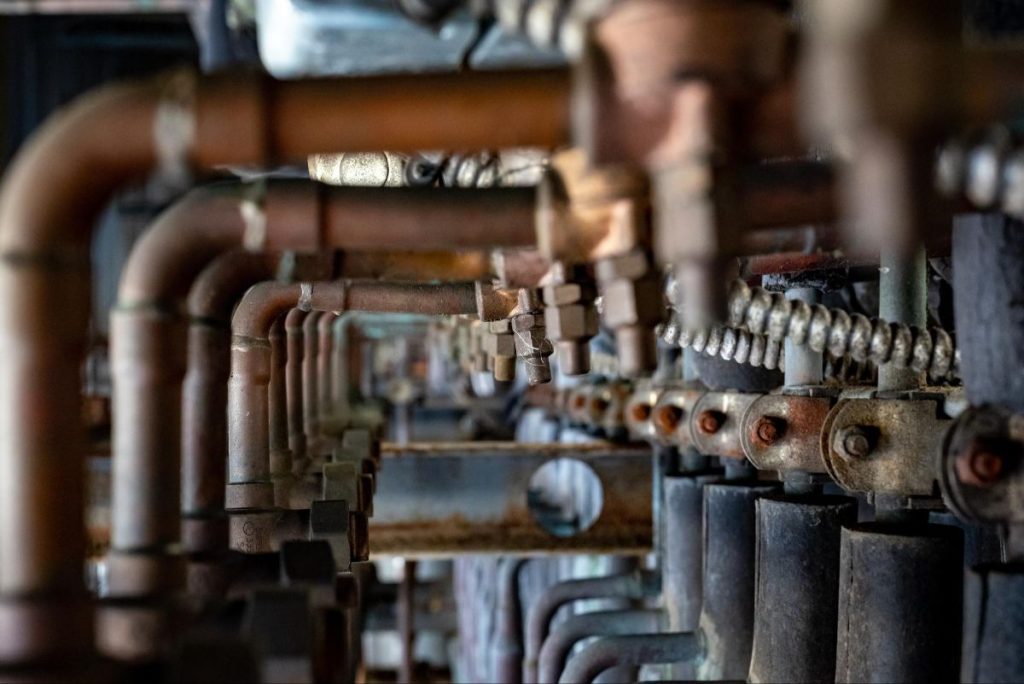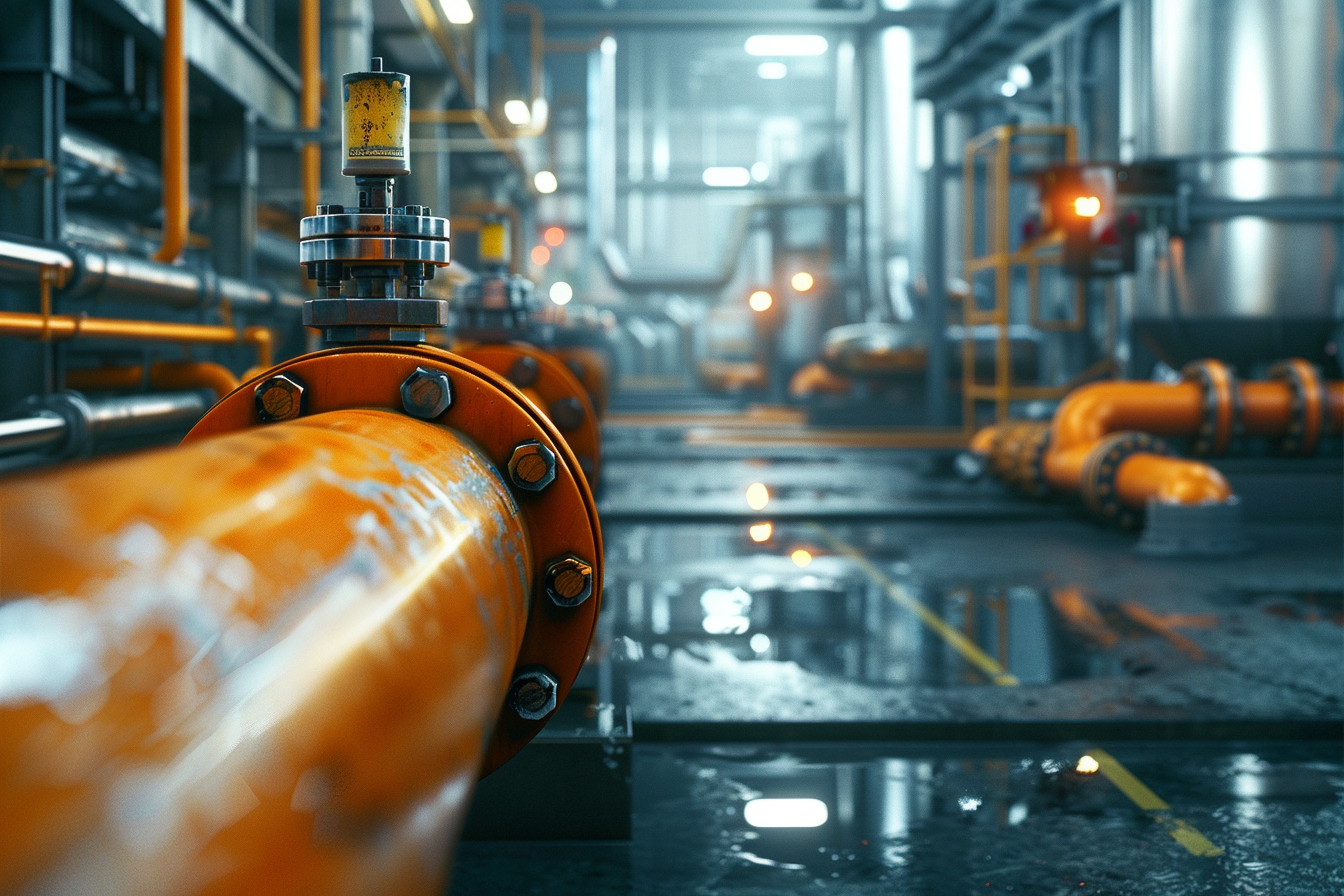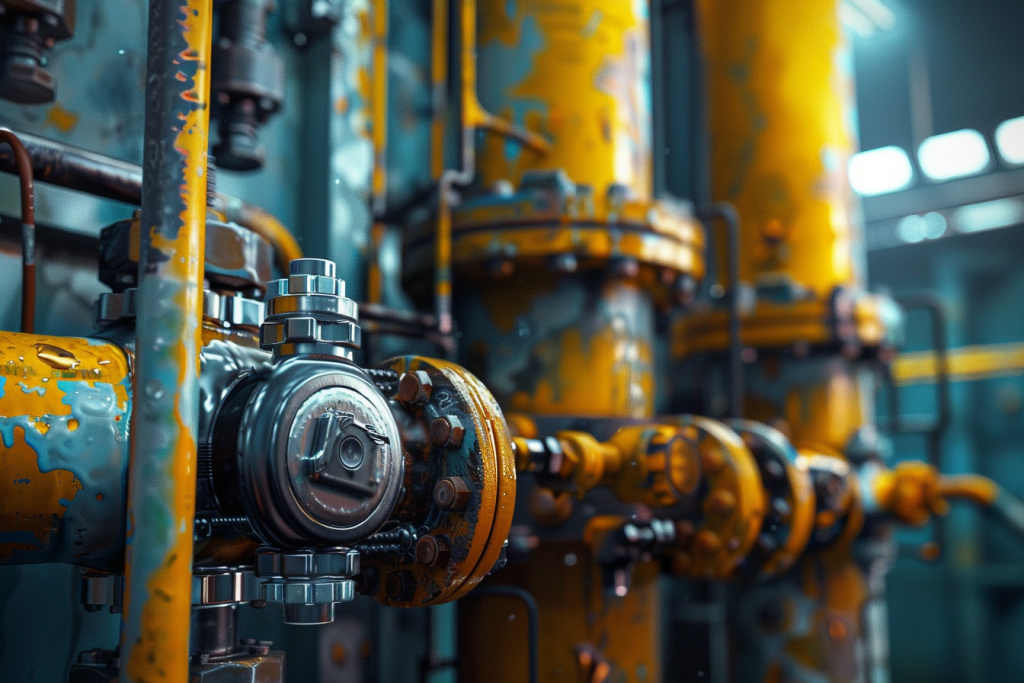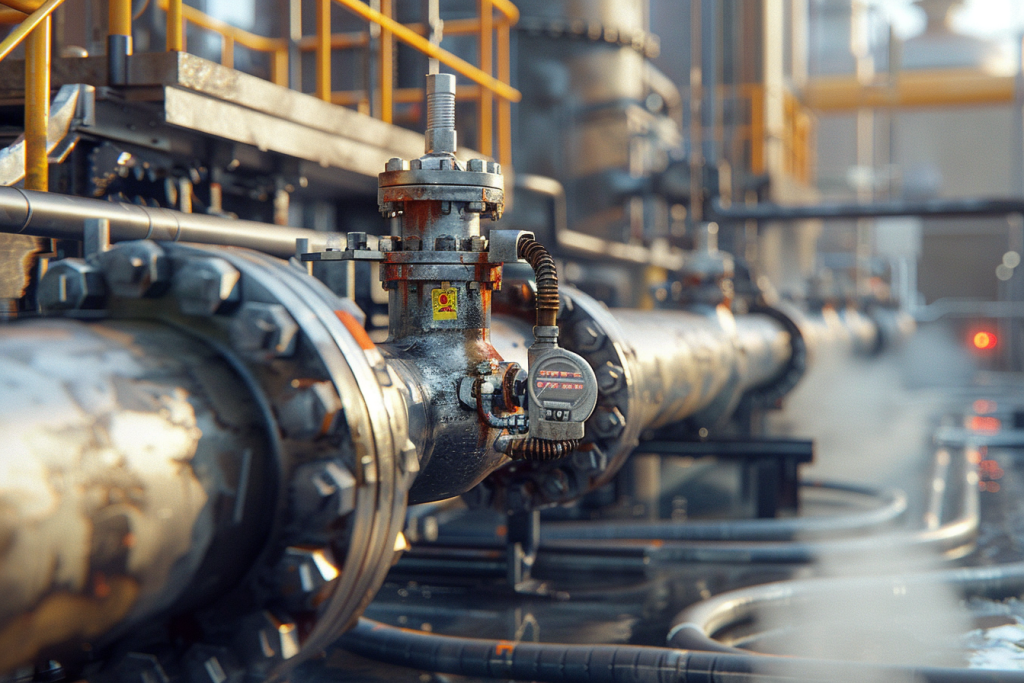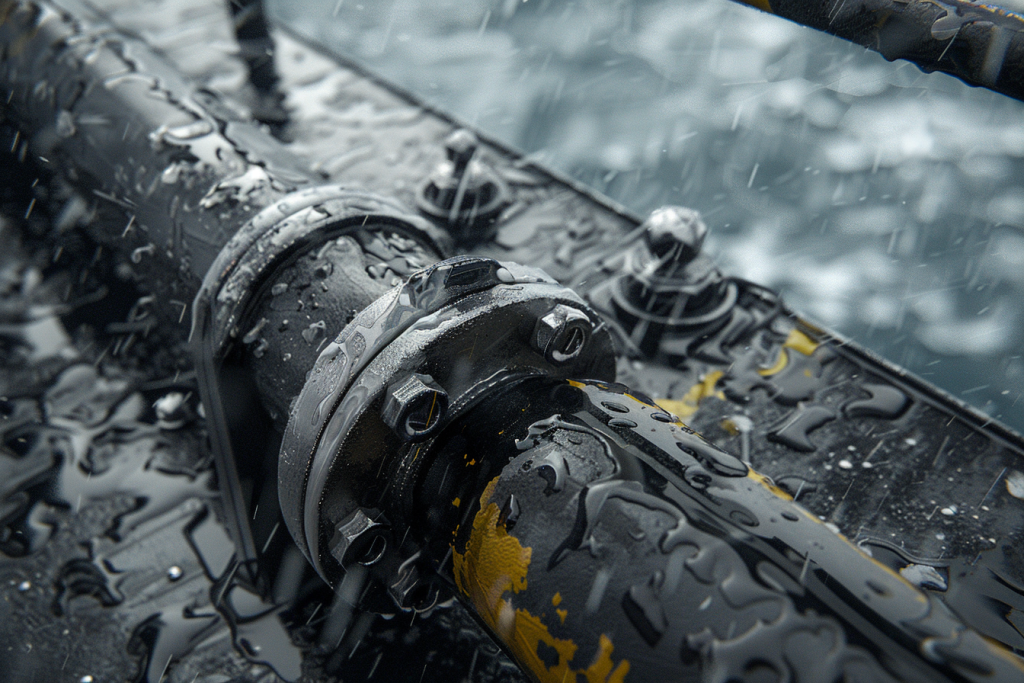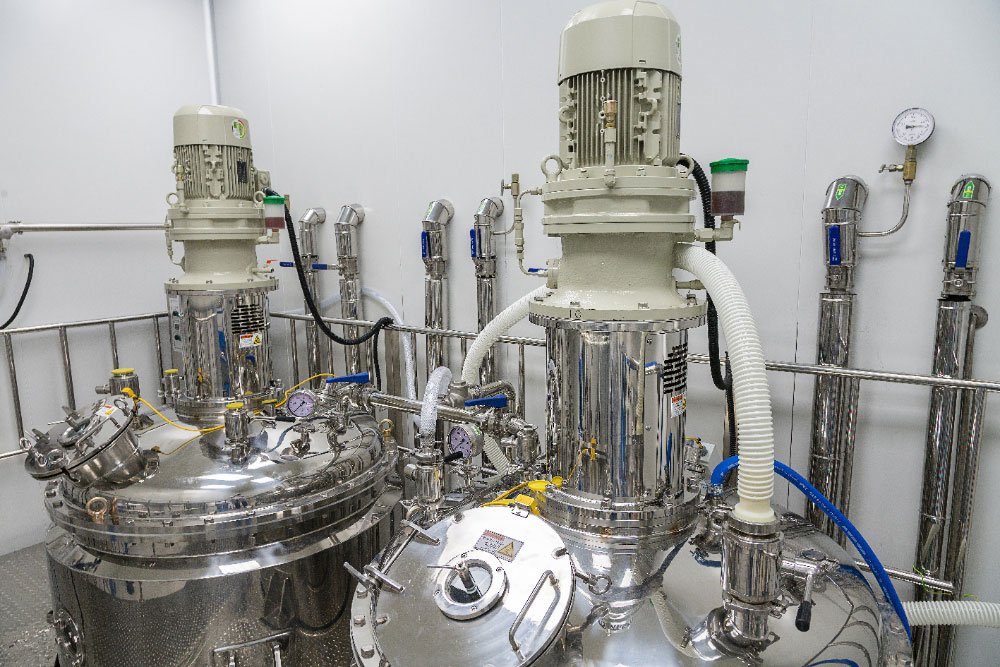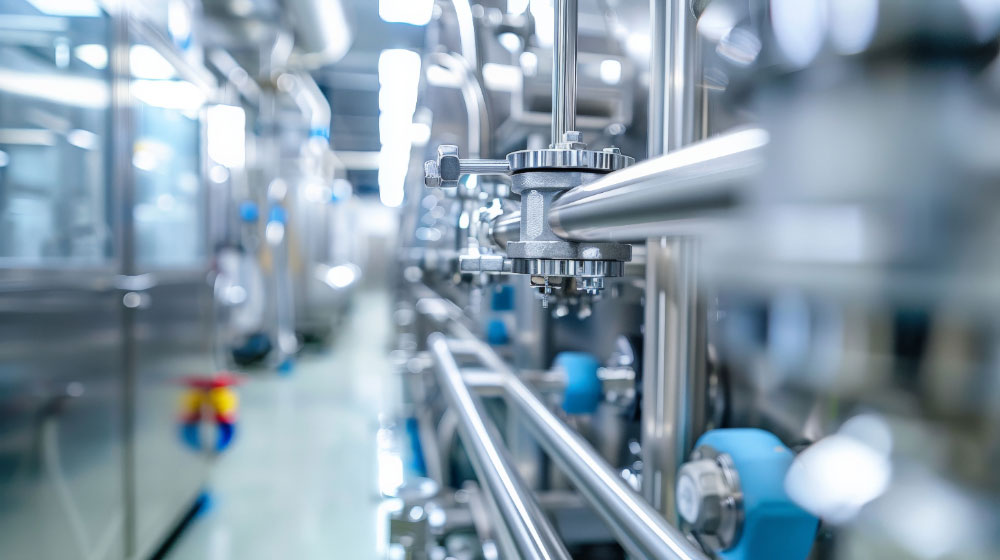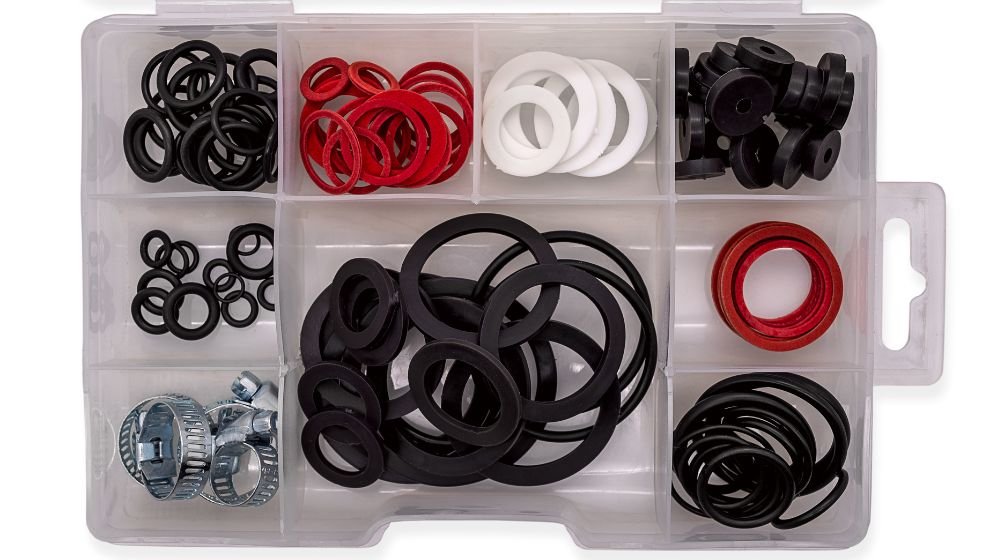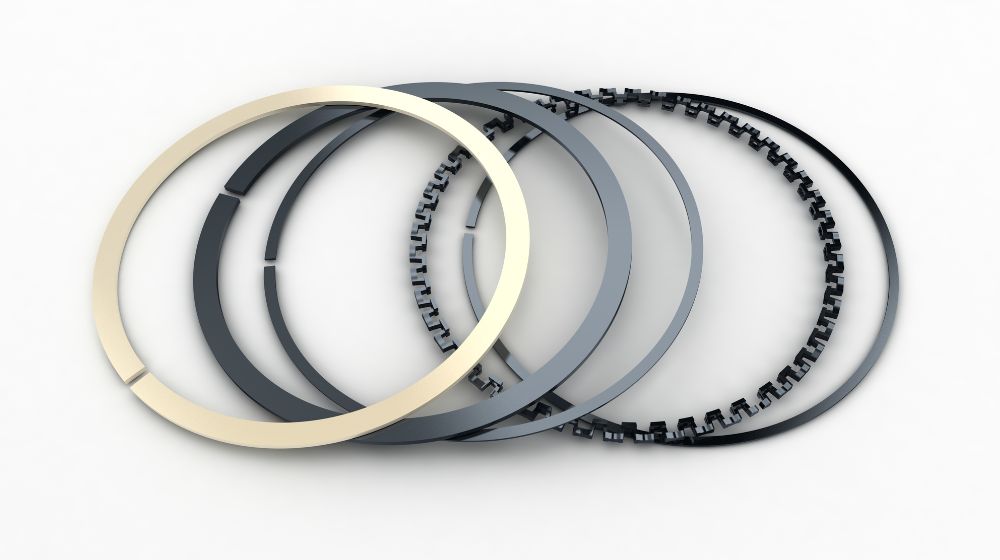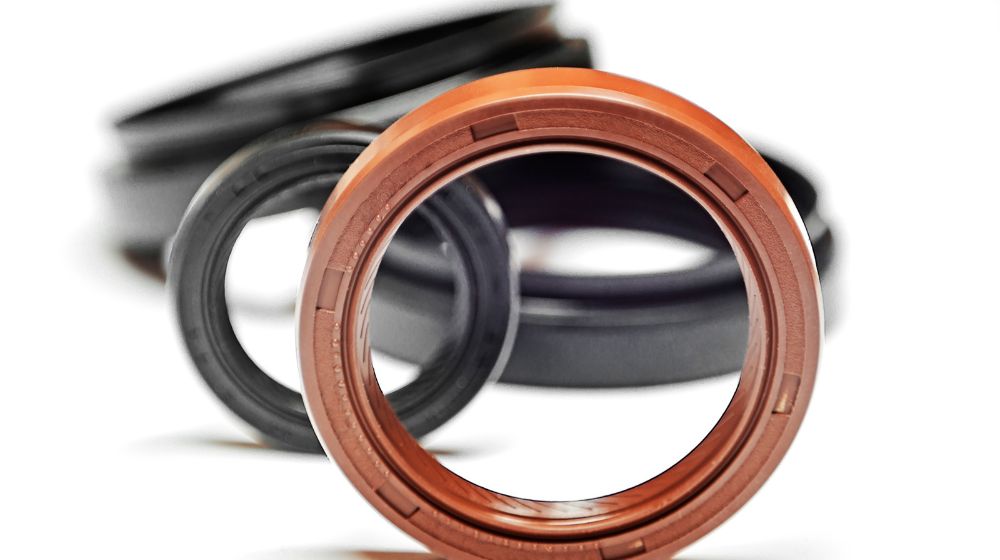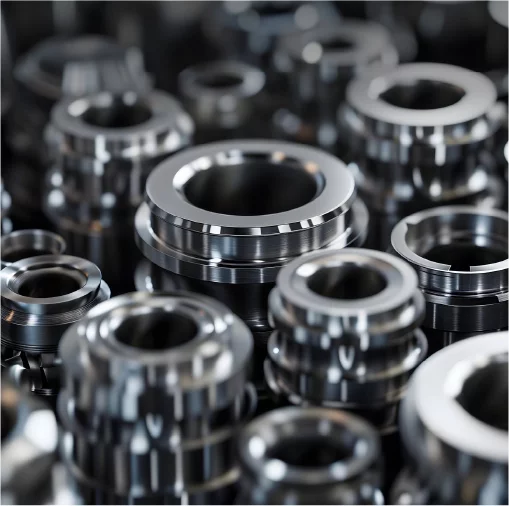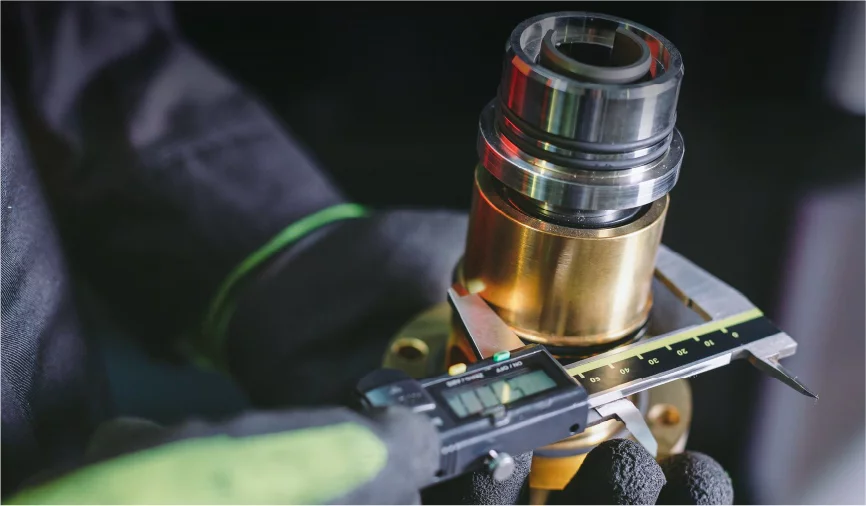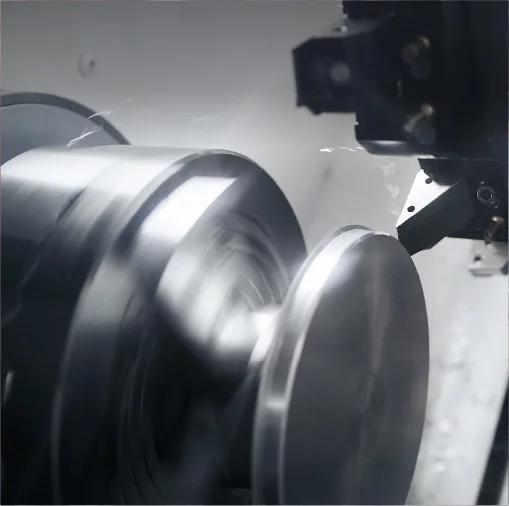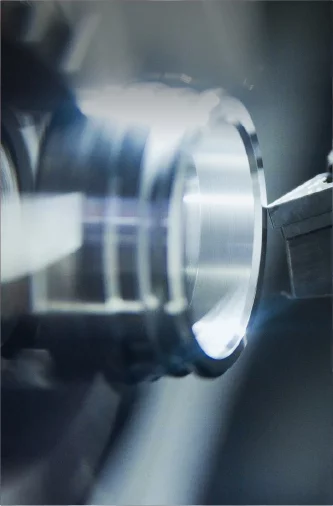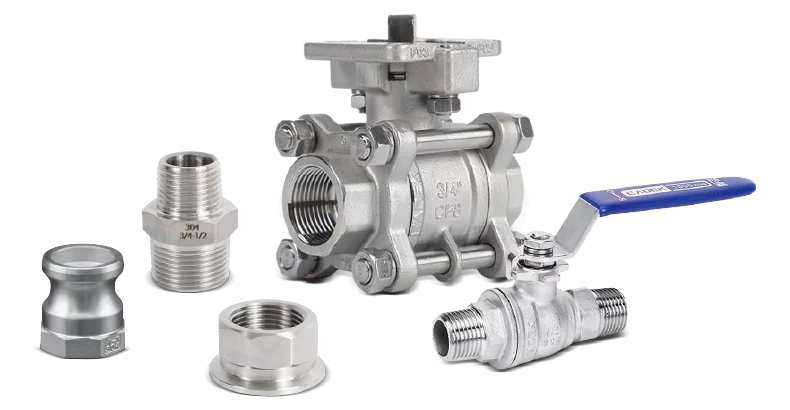In the world of industrial fittings and quick-connect solutions, camlock couplings stand out for their efficiency and reliability. These versatile connectors are essential in industries ranging from petrochemicals to food processing, facilitating the swift and secure transfer of liquids, powders, and granules. But what ensures that camlock couplings can withstand the rigorous demands of such applications? The answer lies in their manufacturing process, notably the use of permanent mold casting.
What is the permanent mold casting process?
Permanent mold casting, also known as gravity die casting, is a manufacturing process where molten metal is poured into a reusable mold (die) made from metal. Unlike sand casting, where the mold is broken apart to retrieve the casting, permanent mold casting allows for multiple uses, ensuring consistency and efficiency in production.
Key Features of Permanent Mold Casting:
- Reusable Molds: The molds are typically made from steel or cast iron, designed to withstand repeated use without significant wear.
- Enhanced Surface Finish: Metal molds provide a smoother surface finish compared to disposable molds, reducing the need for extensive machining.
- Improved Mechanical Properties: The cooling rate in permanent mold casting is faster, leading to finer grain structures in the metal and enhanced mechanical properties.
- Dimensional Accuracy: This method yields parts with tight dimensional tolerances, crucial for components that require precise fitting.

The Significance in Camlock Couplings Production
Camlock couplings must meet high standards of quality and durability to function effectively in demanding environments. Here’s how permanent mold casting contributes to achieving these standards:
1. Superior Strength and Durability
The rapid cooling process in permanent mold casting results in a denser metal structure with fewer gas pockets and shrinkage defects. This density enhances the strength of the camlock couplings, making them more resistant to wear and tear.
2. Consistent Quality
Reusable molds ensure that each camlock coupling produced is identical in dimensions and properties. This consistency is vital for compatibility and interchangeability, allowing couplings from different batches to fit together seamlessly.
3. Improved Surface Finish
A smoother surface reduces friction and the potential for corrosion, extending the lifespan of the coupling. It also means that less post-casting machining is required, which can lower production costs and lead times.
4. Tight Tolerances and Precision
Permanent mold casting achieves precise dimensions, which is critical for the leak-proof performance of camlock couplings. Tight tolerances ensure a perfect seal when the couplings are connected, preventing leaks and maintaining system integrity.
5. Material Versatility
This casting method is suitable for various metals commonly used in camlock couplings, including aluminum, brass, and certain steel alloys. Manufacturers can select the optimal material based on the intended application, whether it’s for chemical resistance, lightweight requirements, or high-strength needs.
Advantages Over Other Casting Methods
While there are several casting methods available, permanent mold casting offers distinct advantages for producing camlock couplings:
- Efficiency in High-Volume Production: The reusability of molds reduces preparation time between casts, making it ideal for large production runs.
- Cost-Effectiveness: Although the initial investment in creating permanent molds is higher, the long-term cost per part decreases due to the molds’ longevity and reduced material wastage.
- Enhanced Mechanical Properties: Compared to sand casting, permanent mold casting delivers parts with better mechanical characteristics, which is essential for components subjected to mechanical stress.
The Manufacturing Process Step-by-Step
To appreciate the role of permanent mold casting fully, let’s delve into the typical steps involved in producing camlock couplings using this method:
1. Designing the Mold: Engineers create a mold based on the precise specifications of the camlock coupling. The mold must facilitate easy removal of the solidified part while maintaining tight tolerances.
2. Preparing the Mold: Before casting, the mold is cleaned and coated with a refractory material or lubrication to facilitate part release and extend mold life.
3. Melting the Metal: The selected metal alloy is melted in a furnace, reaching the required temperature to ensure fluidity and proper filling of the mold cavities.
4. Pouring the Metal: The molten metal is carefully poured into the mold under gravity. Some processes may use low-pressure or tilt-pour techniques to optimize fill and reduce defects.
5. Cooling and Solidification: The metal cools and solidifies quickly due to the conductive nature of the metal mold. Controlled cooling is essential to prevent internal stresses and achieve the desired microstructure.
6. Ejecting the Casting: Once solidified, the mold is opened, and the casting is removed. The part may undergo minimal finishing processes, such as trimming excess material or minor machining.
7. Quality Inspection: Each camlock coupling is inspected to ensure it meets the stringent quality standards required for industrial applications. This includes dimensional checks, surface inspections, and sometimes non-destructive testing for internal defects.
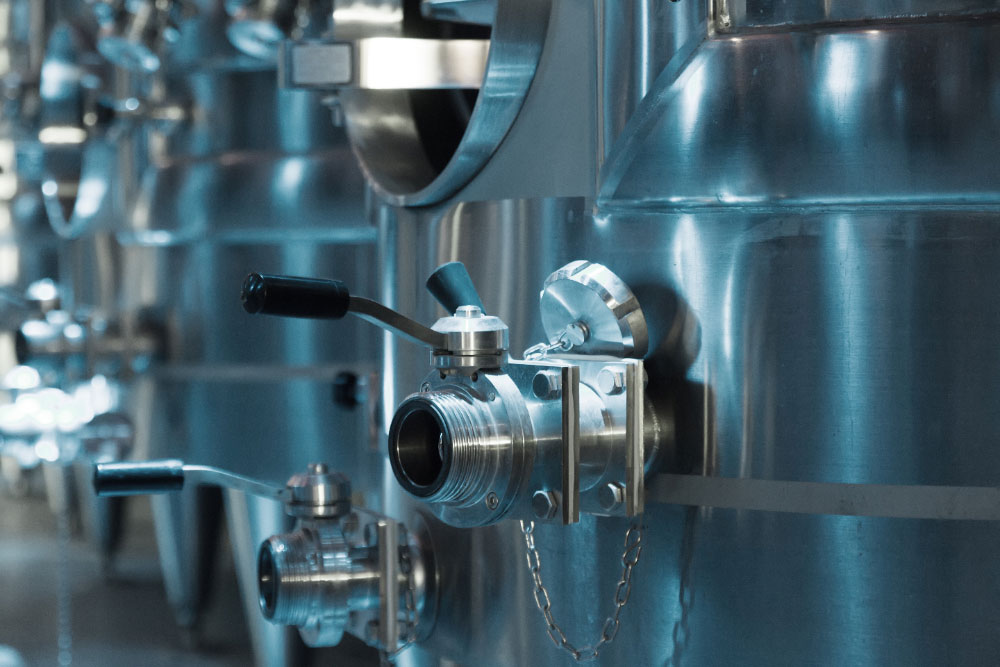
Ensuring Quality and Compliance
Manufacturers employing permanent mold casting for camlock couplings often adhere to international quality standards, such as ISO 9001:2015. These standards mandate rigorous quality control procedures throughout the manufacturing process. By combining permanent mold casting with strict quality management, manufacturers can deliver camlock couplings that consistently meet or exceed industry expectations.
The Impact on End-Users
For businesses relying on camlock couplings, the benefits of permanent mold casting translate into:
- Reliability: Reduced risk of coupling failure due to superior material integrity.
- Safety: Enhanced performance reduces the likelihood of leaks or disconnections, which can be critical in hazardous environments.
- Cost Savings: Durable couplings mean fewer replacements and less downtime, improving operational efficiency.
- Versatility: High-quality couplings can handle a variety of fluids and conditions, expanding their applicability across different processes.
Looking Ahead: Innovations in Casting
The manufacturing sector continues to innovate, with advancements in casting technologies promising even better performance for camlock couplings. Developments such as semi-solid metal casting and the use of computer simulations to optimize mold design are on the horizon. These innovations aim to further enhance the quality, reduce costs, and minimize the environmental impact of the casting process.
結論
Permanent mold casting plays a pivotal role in the production of high-quality camlock couplings. Its ability to produce parts with superior strength, precise dimensions, and excellent surface finish makes it the preferred method for manufacturers aiming for excellence. Understanding this process gives end-users confidence in the products they rely on and highlights the importance of manufacturing processes in delivering reliable industrial solutions.
Whether you’re in an industry that demands the highest levels of safety and reliability or you’re interested in the manufacturing techniques behind essential components, appreciating the role of permanent mold casting in camlock couplings is both insightful and beneficial. It showcases how meticulous engineering and advanced manufacturing processes come together to produce the indispensable tools that keep industries running smoothly.

